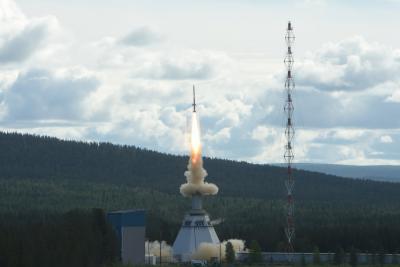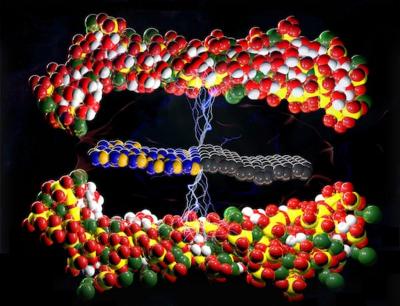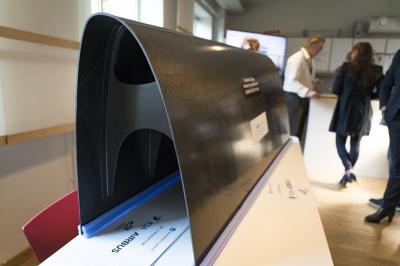Applied Graphene Materials launches graphene-enhanced thermally conductive epoxy paste adhesives
 Applied Graphene Materials recently added new adhesive materials to their portfolio, aimed at the Space and Defense sectors. These are said to be two unique graphene-enhanced thermally conductive epoxy paste adhesive systems, called AGM TP300 and AGM TP400
Applied Graphene Materials recently added new adhesive materials to their portfolio, aimed at the Space and Defense sectors. These are said to be two unique graphene-enhanced thermally conductive epoxy paste adhesive systems, called AGM TP300 and AGM TP400
These novel epoxy adhesive systems reportedly exhibit high levels of thermal conductivity (between 3 and 6 W/mK), combined with excellent mechanical, adhesive and outgassing performance. Most significantly these properties are achieved with cured resin densities as low as 40% that of competitive conductive adhesives on the market. AGM’s TP 300/400 products are therefore highly versatile, while providing end users with significant savings in both mass and cost.





